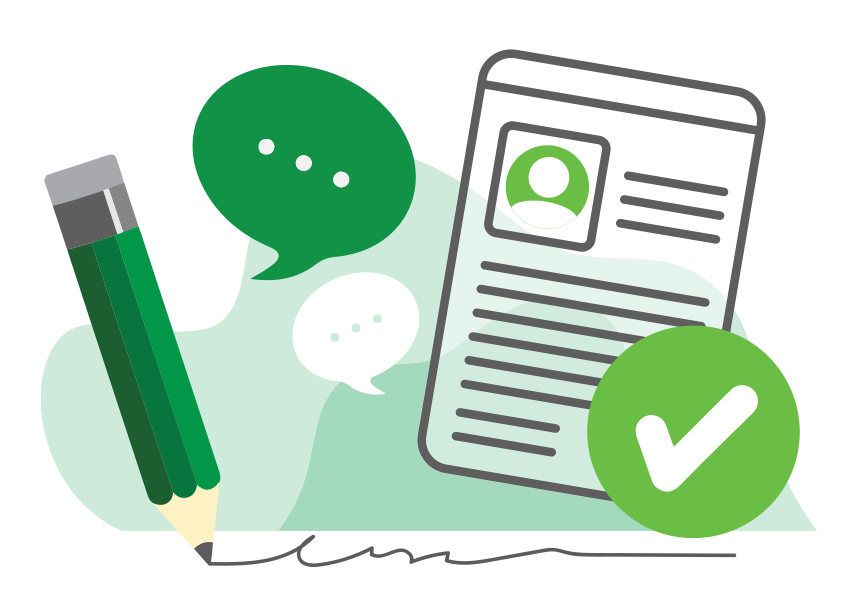Speech Analytics starts with Call Recording
CallN Speech Analytics is a tool that takes recorded calls, transcribes them, and allows businesses to extract useful, actionable data. It will look for keywords to identify calls, and specific topics. It then tells us whether a call went very well or very bad. By using keywords, the tool can tag calls for managers to find and listen back on.
This all starts with Call Recording. For Speech Analytics to work, it needs to have capture the VOIP audio stream or a recorded call along with the associated metadata (i.e., caller and destination, name/number, date/time stamp, etc.). The recorded calls must be transparent because this intuitive platform that takes the recorded calls to transcribe them uses the audio patterns to determine sentiment analysis in a speaker’s voice. This is what allows businesses to gain insight into the voice of their customers.
cco_call_recordingCall recording audio patterns need to be crystal clear, and precise as not to have a flawed speech transcription. This can all depend on whether a company is using a Call recording that is Stereo or Mono. CallN uses Stereo recording (aka dual-channel recording) which captures both parties on the phone on separate channels. This helps the transcriber to distinguish who said what in the transcription. It also reduces background noise such as chatting, kids playing, animals making noise, etc. having a dual-channel minimize noise, the speech analytics engine can accurately transcribe the call, and spot keywords to help your contact center with any quality assurance, compliance, dispute resolution and order verification.
Below are a few factors one must consider when it comes to getting the highest quality of the transcription.
- High-quality codec
- Access to multiple codecs
- Ability to add metadata to a call
- Metadata filtering
- Portability of recorded call and data
- Open API for easy interoperability
If you are considering Call Recording and have an interest in Speech Analytics, you should ask these questions to the Vendor.
- Do you record calls in mono or stereo?
- If stereo, do you keep the channels separate upon playback? (This is very important)
- Is your integration API-driven for secure connectivity to both post-call and real-time analytics
- Is the audio in your recordings compressed or uncompressed?
Also, please note that the call recorder you choose should be able to run parallel to your existing recording solution and be used as the engine to feed the analytics system.



